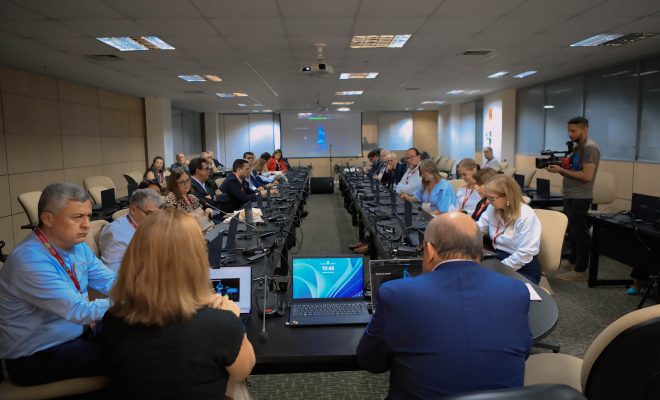How can higher education plans better measure policy success?

Are higher education policies truly capturing the full picture? UNESCO IESALC’s latest policy brief dives deep into this question, shedding light on how sectoral higher education (HE) plans can integrate a broader range of indicators to ensure more accurate and accountable policymaking.
While basic education policies often feature a variety of indicators to track success, higher education policies tend to rely on fewer measures. This narrow focus creates blind spots for both policymakers and the public, making it harder to fully assess the sector’s health and effectiveness.
UNESCO IESALC’s brief offers practical, actionable recommendations for policymakers looking to strengthen their HE strategies. From setting robust indicators to securing the necessary funding, the brief shows how countries can create comprehensive plans that align with national economic, social, and environmental goals.
Why diverse data matters: Disaggregating for impact
The brief emphasizes the importance of utilizing a wide range of complementary indicators that span across four critical categories: input, process, output and outcome. In addition, the brief also recommends collecting disaggregated data based on income, gender, ethnicity, and language to detect inequalities within the HE system. For example, Austria’s policy of increasing “non-traditional” admissions relies on such data to ensure broader access to higher education. Without this level of detail, it’s nearly impossible to identify and address gaps in access and performance.
Setting clear, measurable goals
HE plans must also include clear, time-bound goals with measurable targets. A good example comes from Costa Rica’s National Plan of State Higher Education (2021-2025), which ties specific yearly targets to each objective. This approach ensures that progress can be tracked regularly, allowing for adjustments and ensuring greater accountability throughout the plan’s lifecycle—not just at the end.
Each goal should be based on evidence, including the participation of representatives of all higher education stakeholders, and be aligned with the national policy goals for economic, social and environmental development.
Financial commitments for sustainable implementation
Solid HE plans require realistic financial commitments. Plans should outline both operational budgets and necessary investments to ensure the goals can be achieved, even if plans are not legally enforceable. A standout example is Burundi’s Education Sectorial Plan (2022-2030), which provides detailed financial forecasts for higher education and includes three potential scenarios to account for economic uncertainties. By doing this, Burundi’s government demonstrates transparency and commitment, regardless of financial fluctuations.
Explore the full policy brief for in-depth findings, good practices from around the world, and strategies to make HE policies more effective. For a broader view, the comprehensive report on how countries include higher education in their development plans is also now available.
A companion report on the inclusion of higher education in national development plans is also available
RELATED ITEMS








